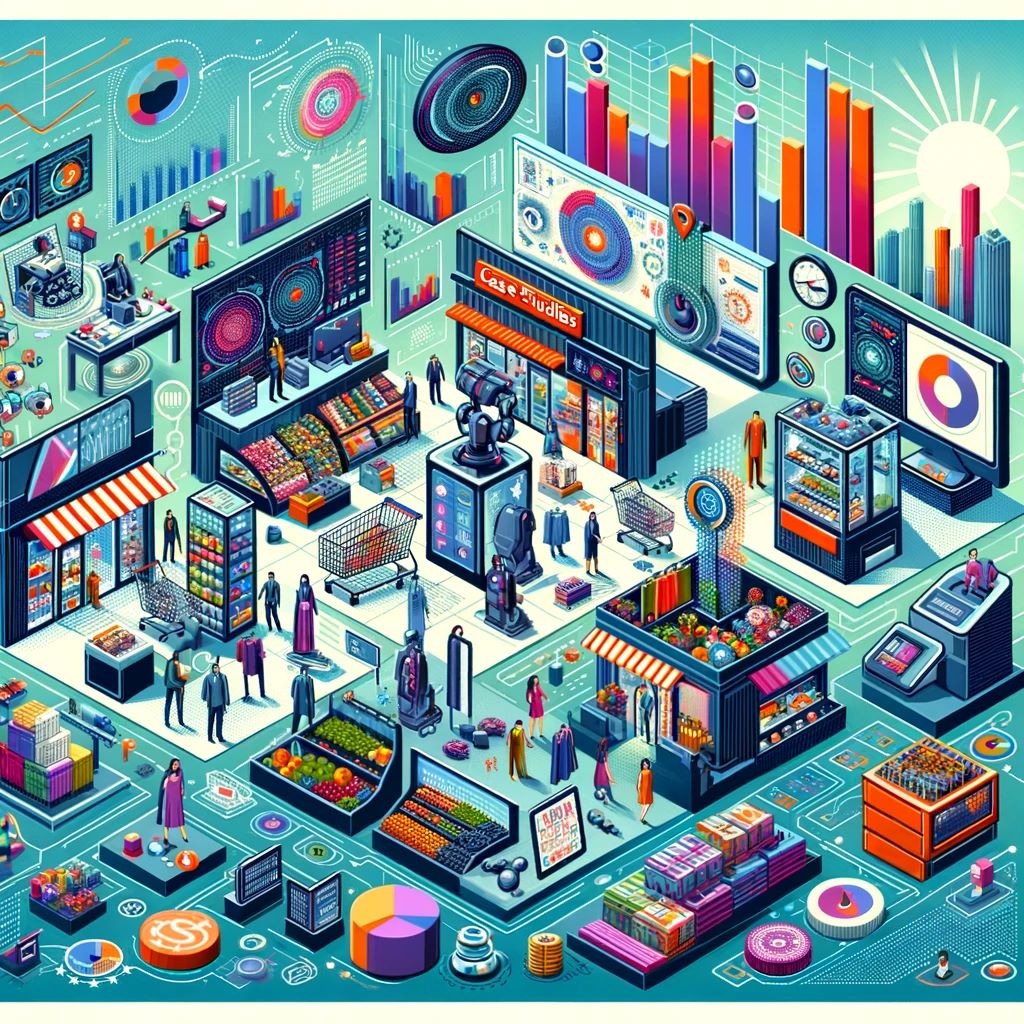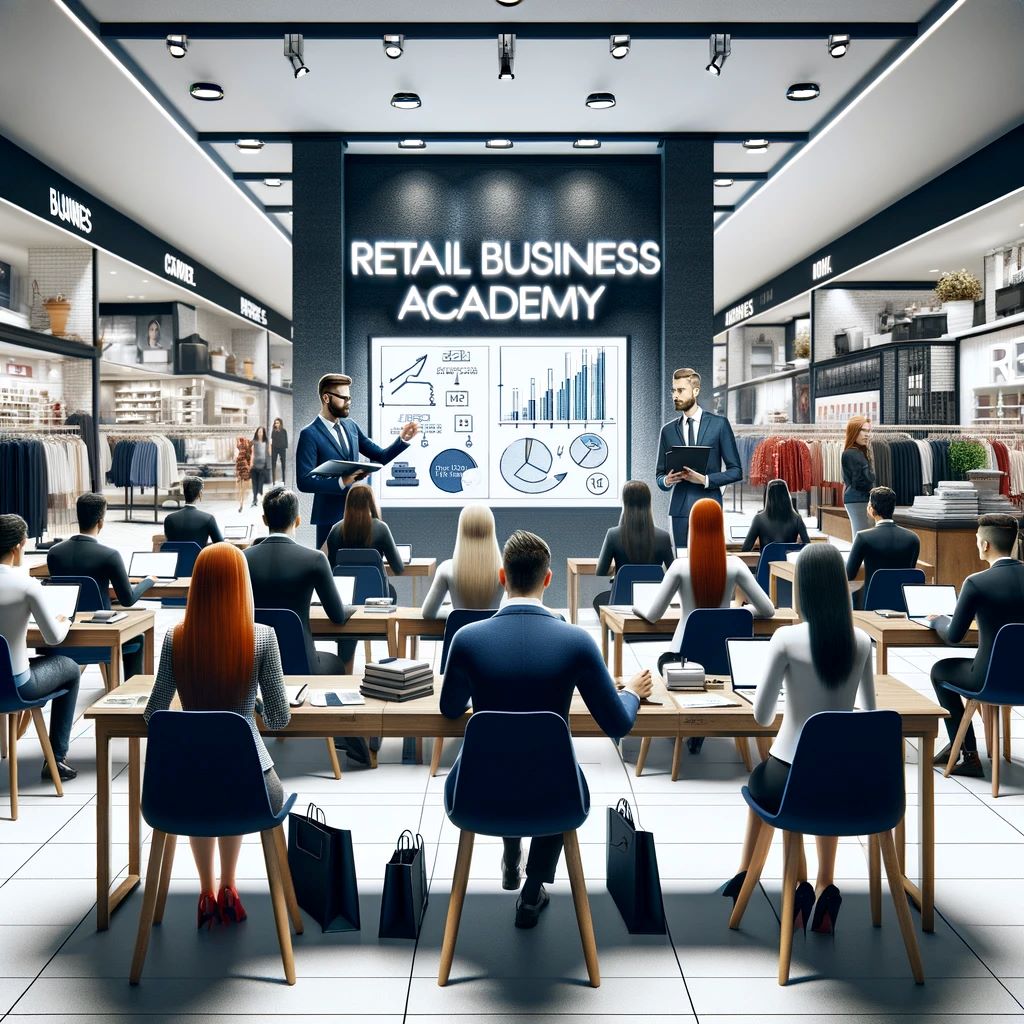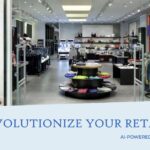
Crafting Effective Store Layout and Design
The physical layout and design of a retail store play a pivotal role in shaping a customer’s shopping experience.
Beyond mere aesthetics, a well-planned store layout can guide customer flow, influence purchasing decisions, and optimize space utilization.
This article delves into the significance and strategies behind effective store layout and design.
-
The Power of Store Layout
A store’s layout is its blueprint.
It determines how products are displayed, how customers navigate the space, and how effectively sales areas are utilized.
An effective layout can enhance visibility, improve accessibility, and boost sales.
-
Common Store Layouts
- Grid Layout: Characterized by parallel aisles with shelves on both sides. It’s efficient and commonly used in supermarkets and drugstores.
- Free-Flow Layout: Offers more flexibility, allowing retailers to group products creatively. Often seen in boutiques and high-end stores.
- Loop or Racetrack Layout: Directs customers along a predetermined path, ensuring they encounter a wide range of products.
- Spine Layout: Uses a central aisle to guide customers from the front to the back of the store, with sections branching off the main path.
-
The Role of Design Elements
- Color: Sets the mood, attracts attention, and can even influence purchasing behavior.
- Lighting: Highlights products, creates ambiance, and guides customers through the store.
- Signage: Directs customers, provides information, and promotes offers.
- Fixtures: Display products and define sections within the store.
-
Strategic Product Placement
- Decompression Zone: The store’s entrance, where customers transition from the outside. Best kept uncluttered, with a focus on branding.
- Hot Spots: High-visibility areas where new, promotional, or high-margin products are placed.
- Power Walls: The first walls customers see upon entering, often used for promotional displays.
-
Enhancing Customer Flow
The store layout should guide customers naturally, ensuring they encounter various product sections and displays.
- Sight Lines: Ensure that key areas or promotional displays are easily visible from multiple points in the store.
- Pathways: These should be wide enough to prevent crowding and guide customers intuitively.
-
Adapting to Customer Behavior
- Observation: Regularly observing how customers navigate the store can offer insights into potential layout improvements.
- Feedback: Direct feedback can highlight areas where the layout might be confusing or where product placements aren’t optimal.
-
Integrating Technology
Modern store designs often incorporate technology for enhanced experiences:
- Digital Signage: Dynamic displays that can be updated in real-time.
- Interactive Kiosks: Offering product information, reviews, or wayfinding.
- Augmented Reality (AR): Providing virtual try-ons or product demos.
-
Regularly Refreshing Store Layout
A static layout can become stale. Periodically updating the design, even with minor tweaks, can keep the shopping experience fresh and engaging.
Store layout and design are more than just arranging products; they’re about crafting an environment that resonates with customers, guides their journey, and maximizes sales potential.
In the realm of store operations and management, understanding and optimizing these elements is paramount for retail success.
The Art of Visual Merchandising
Visual merchandising is often described as the art of enhancing a store and its products through design and display techniques.
It’s a silent salesperson, guiding customers through a retail space, telling a story, and influencing purchasing decisions.
This article delves into the intricacies of visual merchandising in store operations and management.
-
Understanding Visual Merchandising
At its core, visual merchandising is about presenting products in a way that appeals to a store’s target audience, maximizes sales, and enhances the overall shopping experience.
-
Key Elements of Visual Merchandising
- Window Displays: Often the first point of interaction, window displays should captivate and entice customers into the store.
- Store Layout: The arrangement of aisles, fixtures, and spaces to guide customer flow and product interaction.
- Signage: Communicates information, directs customers, and highlights promotions or products.
- Interactive Displays: Engage customers through touch, sound, or digital interfaces.
-
The Power of Storytelling
A successful visual merchandising strategy often tells a story:
- Thematic Displays: Whether it’s seasonal themes like “Summer Beach Days” or event-focused ones like “Back to School,” themes can resonate with customers’ experiences and aspirations.
- Brand Narratives: Conveying a brand’s ethos, values, and journey through visual elements.
-
The Role of Sensory Engagement
Visual merchandising isn’t just about sight:
- Ambient Music: Sets the mood and can influence shopping pace.
- Scent: Certain fragrances can enhance the shopping experience and even increase sales.
- Tactile Interaction: Encouraging customers to touch and feel products can boost engagement and purchase intent.
-
The Importance of Regular Updates
Static displays can become stale. Regularly updating visual elements keeps the shopping experience fresh and encourages repeat visits.
-
Integrating Technology in Visual Merchandising
- Digital Displays: Dynamic screens that can showcase a range of products, videos, or interactive content.
- Augmented Reality (AR): Allows customers to virtually try products or access additional digital information.
- Virtual Fitting Rooms: Using technology to show customers how outfits or accessories might look on them without physically trying them on.
-
Challenges and Considerations
- Cohesiveness: All visual elements should offer a cohesive look, aligned with the brand’s identity.
- Space Utilization: Retailers must strike a balance between showcasing products and avoiding clutter.
- Adapting to Different Formats: What works in a flagship store might need adjustments for a smaller, local outlet.
-
Measuring the Impact of Visual Merchandising
Employing metrics like foot traffic, sales conversion rates, and customer feedback can provide insights into the effectiveness of visual merchandising strategies.
Visual merchandising, while rooted in aesthetics, has profound implications for store operations and management.
It’s a blend of art and strategy, aiming to resonate with customers, enhance their in-store journey, and ultimately, drive sales.
As retail continues to evolve, the role of visual merchandising remains at the forefront of creating memorable shopping experiences.
Retail Security and Tackling Loss Prevention
The world of retail is not without its challenges, and one of the most pressing is ensuring security and minimizing losses.
Theft, fraud, and other security breaches can significantly impact a retailer’s bottom line.
This article explores the strategies and tools used in retail security and loss prevention.
-
Understanding Retail Loss
Retail loss can be categorized into several types:
- External Theft: Often the result of shoplifting or organized retail crime.
- Internal Theft: Employee-related theft or fraud.
- Administrative Errors: Pricing mistakes, accounting errors, or system glitches.
- Supply Chain Loss: Issues during shipping or receiving goods.
-
Significance of Loss Prevention
- Profit Protection: Reducing shrinkage directly impacts the profitability of a store.
- Enhanced Shopping Experience: A secure environment encourages customers to shop without concerns.
- Employee Safety: Ensuring a safe working environment is paramount for staff morale and retention.
-
Retail Security Measures
- Surveillance Systems: CCTV cameras positioned at key points can deter potential thieves and record incidents.
- Security Personnel: Visible security staff can act as a deterrent and intervene when necessary.
- Electronic Article Surveillance (EAS): Tags attached to merchandise that trigger alarms if not deactivated.
- Access Control: Limiting access to certain areas of the store or during specific times.
-
Employee Training
Employees play a crucial role in loss prevention:
- Spotting Suspicious Behavior: Training staff to recognize signs of shoplifting or potential theft.
- Customer Service: Engaging with customers can deter potential thieves.
- Handling Theft: Procedures to follow if they witness or suspect theft.
-
Inventory Checks
Regular inventory checks can identify discrepancies, helping pinpoint sources of loss:
- Cycle Counts: Frequent counts of specific items or sections.
- Full Inventory Audits: Comprehensive counts usually done annually.
-
Fraud Prevention
With the rise of digital retailing, combating online fraud is essential:
- Secure Payment Gateways: Ensuring transactions are encrypted and secure.
- Anti-Fraud Software: Tools that detect suspicious online behavior or transaction patterns.
-
Engaging with the Community
Building relationships with local law enforcement and other retailers can help share information and strategies on local threats or organized crime groups.
-
Continuous Review and Adaptation
The threats retailers face are ever-evolving, requiring security and loss prevention strategies to be regularly reviewed and adapted:
- Stay Updated: Keeping abreast of the latest security technologies and threats.
- Feedback Loop: Encouraging staff to provide feedback on potential vulnerabilities or areas of improvement.
Retail security and loss prevention are multifaceted challenges that demand a combination of technology, training, and vigilance.
By investing in robust security measures and fostering a culture of awareness, retailers can protect their assets, ensure customer trust, and safeguard their bottom line.
Streamlining Store Workflow and Operations
Efficient operations are the backbone of any successful retail store.
From the moment a customer steps in to the post-purchase experience, every process and interaction matters.
This article dives into the intricacies of store workflow and how effective operations management can elevate the retail experience.
-
Understanding Store Workflow
Store workflow refers to the sequence of processes and activities that ensure smooth store operations, from inventory management to customer interactions.
-
Key Components of Store Workflow
- Inventory Workflow: Ensuring products are stocked, displayed, and rotated effectively.
- Sales Process: From product discovery to checkout, ensuring customers can easily find and purchase their desired items.
- Customer Service: Addressing queries, handling returns, and ensuring overall customer satisfaction.
- Maintenance and Housekeeping: Keeping the store clean, organized, and safe.
-
Importance of Efficient Operations
- Enhanced Customer Experience: A smooth workflow ensures customers find what they need without hassles.
- Increased Productivity: Staff can focus on tasks without unnecessary interruptions or complications.
- Cost Efficiency: Efficient operations can reduce wastage, saving costs in the long run.
-
Technology’s Role in Streamlining Operations
- Point-of-Sale (POS) Systems: Automate sales transactions and track inventory in real-time.
- Task Management Software: Assigns and monitors tasks, ensuring accountability and efficiency.
- Customer Relationship Management (CRM): Manages customer interactions, ensuring personalized service.
-
Training and Employee Engagement
Well-trained employees are crucial for smooth store operations:
- Regular Training: Equip staff with the skills to handle various store processes and customer interactions.
- Feedback Mechanisms: Allow employees to share insights about potential workflow improvements.
-
Analyzing and Improving Workflow
Continuous improvement is vital:
- Store Audits: Regular checks to identify bottlenecks or inefficiencies in the workflow.
- Customer Feedback: Insights from customers can highlight areas for improvement.
- Performance Metrics: Tracking key performance indicators (KPIs) related to sales, customer service, and inventory.
-
Adapting to Changing Retail Landscapes
The retail environment is ever-evolving, and store workflows must adapt:
- Omnichannel Integration: Incorporating online sales and in-store pickups in the workflow.
- Safety Protocols: In times of health crises, ensuring safety measures are seamlessly integrated into store operations.
-
Forward-Thinking: Preparing for the Future
- Incorporating Automation: From automated checkouts to inventory robots, embracing technology for repetitive tasks.
- Sustainability: Integrating eco-friendly practices into store operations, from waste management to energy conservation.
Store workflow and operations are more than just day-to-day tasks.
They represent the store’s commitment to providing a seamless, enjoyable experience for every customer.
By prioritizing efficiency, embracing technology, and fostering continuous improvement, retailers can ensure their store operations are primed for success, today and in the future.
Unlock Your Potential in Retail Management.
Enroll in our Retail Business Academy Today
Transform Your Career & Business!




















